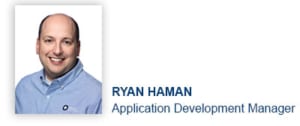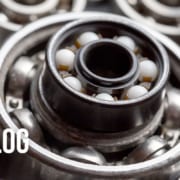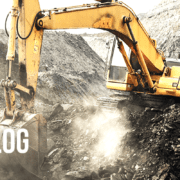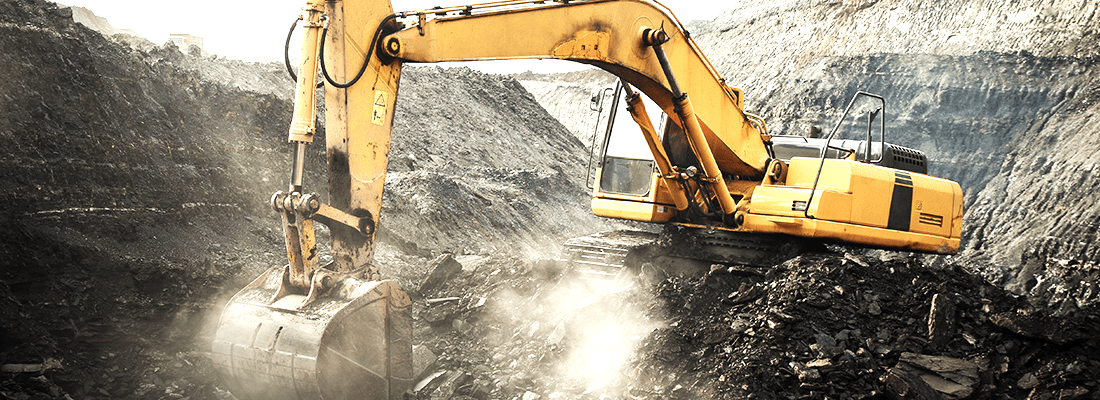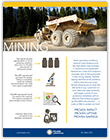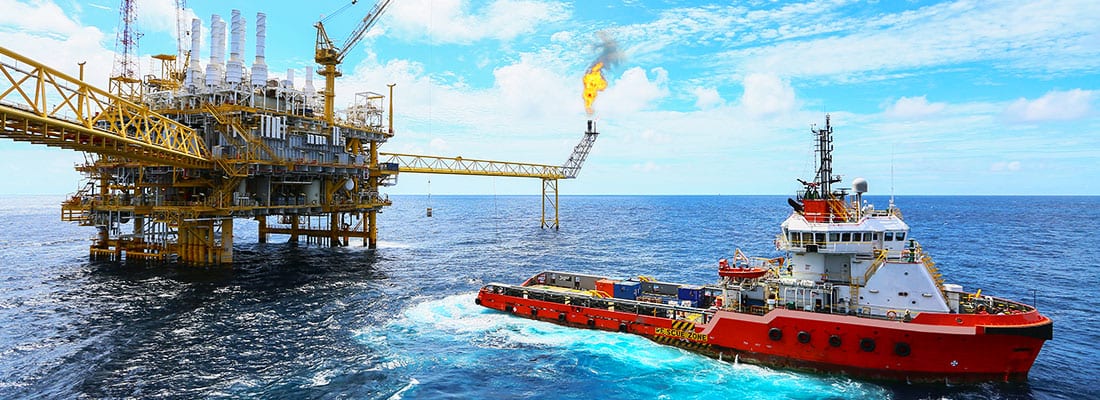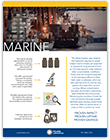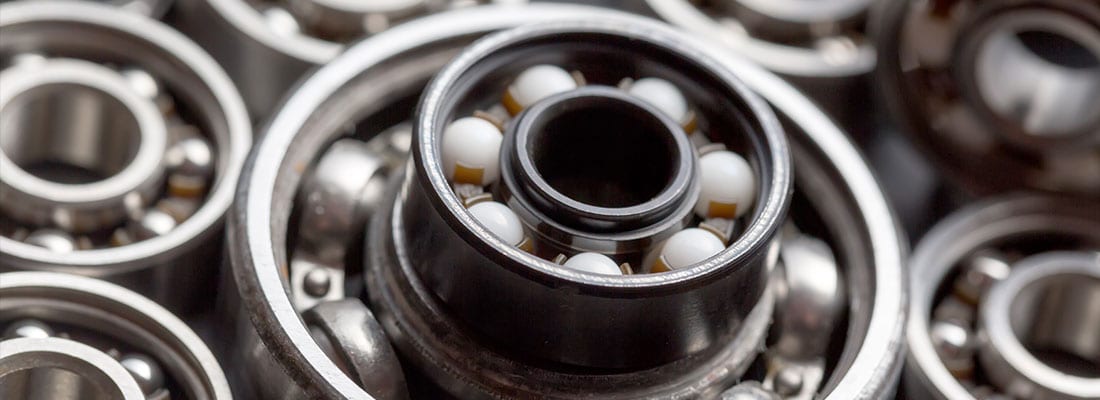
Grease: a riddle, wrapped in a mystery, inside an enigma.
Most lubrication fundamentals are fairly well understood in this day and age. There are plenty of websites with documentation on topics ranging through a variety of lubricating systems and analysis. There are even a lot of manufacturers, laboratories and literature on the key points and fundamentals of the variety of other fluids used today, such as fuels, solvents and even coolants.
However, one area that is still shrouded in mystery to most: Grease.
Grease: A History
A semi-solid lubricant, grease generally it consists of a soap, emulsified with an oil, (though clays are used in place of the soap in some extreme temperature applications). Some of the first recorded applications were used by the Egyptians and the Romans, thousands of years ago, though modern greases really came about during World War II.
Manufacturing Complications
In the recent years, the manufacture of greases has been described as an art. The processes is very complicated and requires:
- High temperatures and pressures
- Oil charges added at specific times and flow
- Accurate application – if not, the grease will fail and turn into slop
The tests designed to qualify the greases from the production environment were designed many decades ago and mainly designed to ensure quality during manufacturing. They were not designed to qualify greases, in the most part, for use in the field.
Grease Formulations
To make matters more complicated, most literature from OEM’s specify a NLGI grade, a soap type and if you are really lucky, a base oil viscosity requirement. Grease manufacturers have made a huge number of formulations and in many cases, these three parameters may be identical, yet the actual formulations could be significantly different and in fact incompatible with each other. Not all greases are compatible. Even greases of the same soap composition may be incompatible with each other, resulting in a complete loss of lubrication in the component.
Grease Sampling
The next issue is related to sampling. The process of lubrication utilized in a greased system is different compared to a similar oil-lubricated system. Grease is designed to release the lubricating oil charge with the soap holding it into the area where the lubrication is required. As a result, the grease in the compartment will most likely be extremely non-homogeneous. If the grease is sampled from the outer surface or from the corners of the system may not been representative of the grease next to the area being lubricated. Taking a representative sample that will provide a valuable maintenance recommendation is a really challenging activity. There are some excellent resources available to combat this issue, I suggest reading the ASTM D7718 Practice for Obtaining In-Service Samples of Lubricating Grease.
Grease Testing
The final step of conventional condition monitoring and equipment maintenance is normally testing of the fluid. As noted above, a number of conventional grease tests, are designed to qualify grease manufacture. These tests, such as penetration and dropping point, may not give any significant information for reliability purposes. This may seem of great concern to most, but in-service grease testing is an area where most current research is focuses on.
Why Test Your Grease?
Grease is rather complicated compared to conventional lubricating system’s condition monitoring systems. You might ask, why bother? Really, it comes down to cost. Grease is generally more expensive than the equivalent lubricant, sometimes by a factor of 10 or more. In addition, a large number of grease systems are designed to last a much longer periods between re-greasing compared to some conventional oil lubrication systems. As a result there is a real financial gain to be found from obtaining effective maintenance reliability recommendations.
POLARIS Laboratories® will be adding grease to our fluid analysis capabilities in the coming months. Stay tuned!
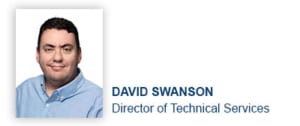
Proven Impact. Proven Uptime. Proven Savings.
Let us prove it to you.
Published March 21, 2019





